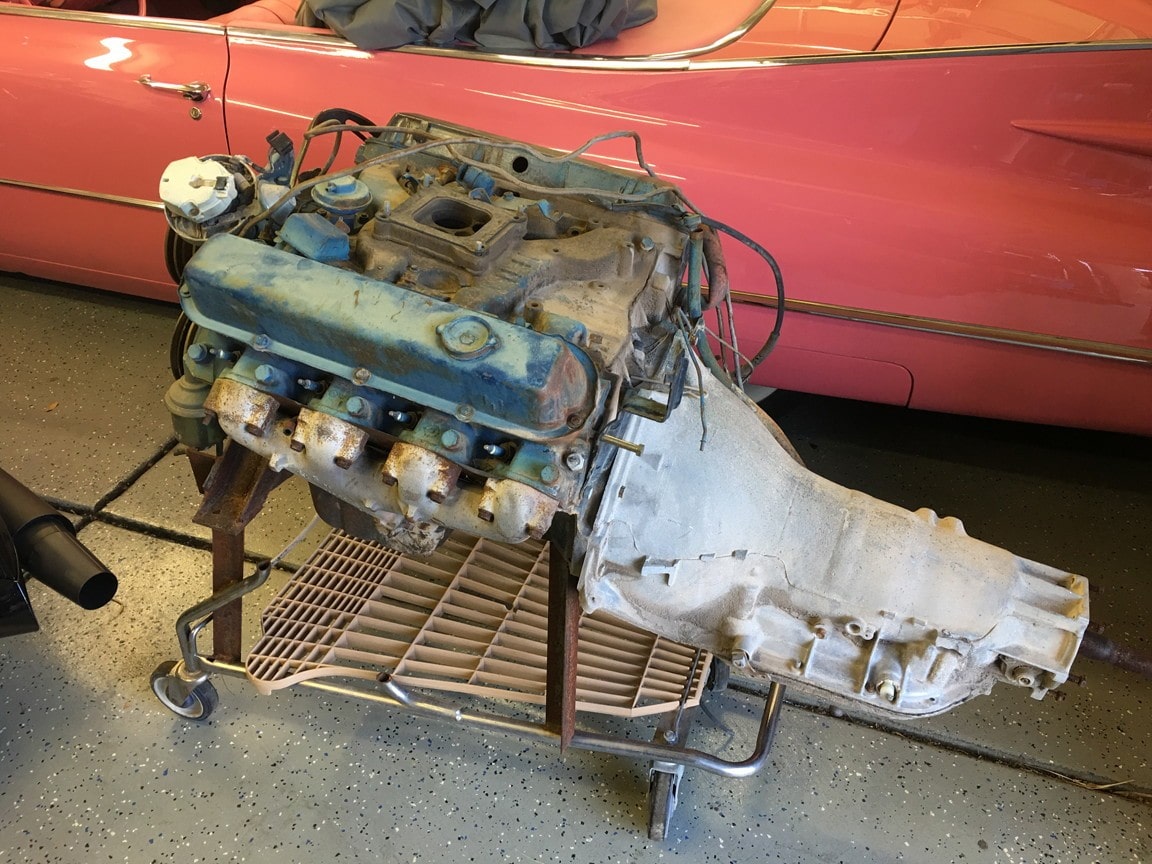Most car fans know that bigger engines are more capable of producing higher power. They have bigger bores, strokes, and high flow intakes that can feed the engine with more fuel and air. However, modern times have brought the auto world downsizing. These fuel-efficient engines can match a larger V8’s power with the help of turbocharging and modern technology. Yet displacement is still king. If you want a lot of power, the best way to do so is with a lot of cylinders and significant displacement.
However, in the car industry, some huge engines were downright disappointing. They were massive, but somehow pathetic in their power output; even bordering on disgraceful. Today, we’ll discuss those rare kinds of engines that were massive machines with ridiculously low power. Most of them were the victims of tightening emission regulations and low compression approaches. But some of them were simply products of poor engineering. Either way, these engines taught today’s car world a thing or two about not what to do wrong. Check these engines out right here.
Cadillac 500 CID

The Cadillac 500 CID is a typical example of a massive engine with enormous potential ruined by environmental standards. This mighty power plant was introduced in 1970 in the Eldorado and remained the top engine choice for almost a decade. In 1970, this engine produced a healthy 400 HP and 550 lb.-ft of torque, which made it one of the most powerful engines ever put in a production vehicle. Unfortunately, this lasted only for a year before it began to decline (via Driving Line).

By the second half of the 1970s, Cadillac’s mighty 500 V8 lost all of its power. The engine was installed in other models like Fleetwood. As time progressed and US manufacturers introduced low-compression engines, this mighty unit delivered only 190 to 210 HP and almost 200 lb.-ft of torque less than the 1970 model. Of course, its performance was pathetic as well.
